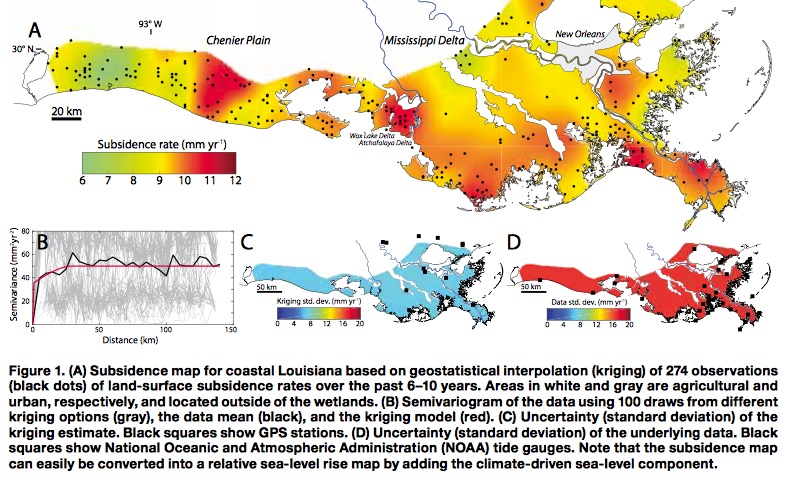Where did you ever get the idea that the world's practicing, degreed scientists were as stupid as you are? Do you actually think the folks at CU sea level lab can't handle subsistence, isostasy, uplift and all the rest of the many factors that affect sea level?
Yeah. They pretty much can't. Far too difficult for them. Instead they blame everything on virtually nonexistent sea level increases.



 Previous Article
Previous Article

